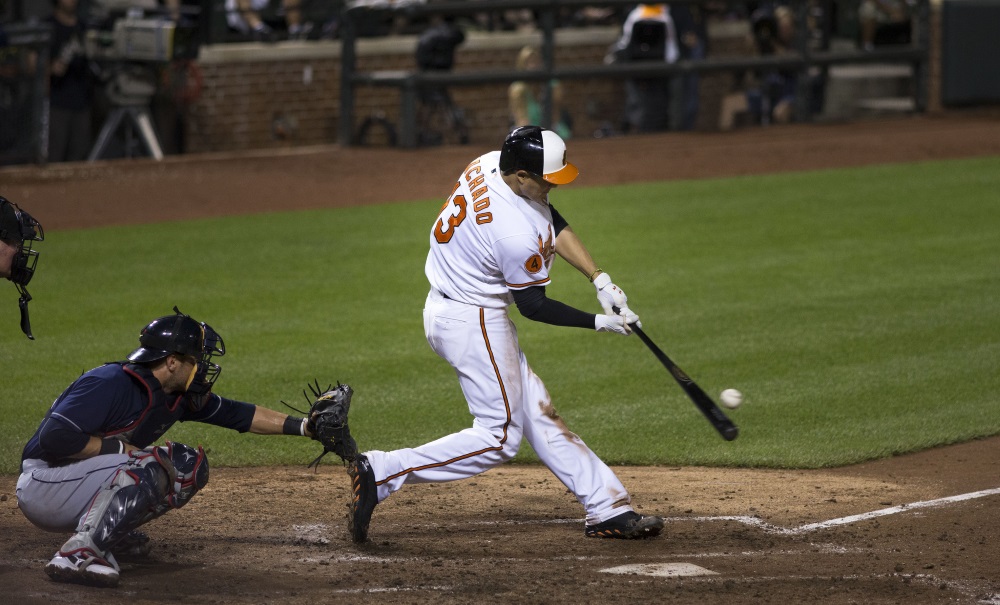A Conversation with New Oriole Zach Pop
Zach Pop isn’t the biggest name going from the Dodgers to the Orioles in the Manny Machado trade. But he does have the most electric arm, as well as an impressive track record against A-ball competition. In 35 professional games, the 21-year-old Brampton, Ontario native has allowed just 27 hits — only one of them a home run — in 48.1 innings. His ERA is a minuscule 0.93.
A seventh-round pick last year out of the University of Kentucky, Pop profiles, at least stylistically, as a right-handed version of Zach Britton. His signature pitch is a sinker that not only dips and dives but also sits in the mid-90s and ticks even higher. The worm-killer certainly proved to be an anathema to Midwest and California League hitters this season. Pitching for the Great Lakes Loons and Rancho Cucamonga Quakes, Pop boasted a 64% ground-ball rate and a .168 batting-average-against before being promoted to Double-A earlier this week (and subsequently swapped to the Dodgers, who are reportedly assigning him to the Bowie BaySox).
Pop talked about his aggressive approach on the mound and his decision to not sign with his then-favorite team out of high school, prior to the trade from Los Angeles to Baltimore.
———
Pop on how he gets outs: “For me, it’s being able to throw that two-seam sinker — whatever you want to call it — to both sides of the plate, and mixing in the slider. I’ll go in with the four-seam, as well, to give a little bit of a different look, but everything starts off with the two-seamer sinker. That’s my strength. I like to stay down in the zone.
“I’m hunting outs any way I can get them. My goal is to induce weak contact, and if they want to swing at the first or second pitch and make an out before I can get a strikeout opportunity, than so be it. I haven’t really struck out that many guys this year with the Quakes, only around one per inning, maybe a little less. For the most part, I’m just trying to be efficient. I’m trying to break a barrel or just keep the ball on the ground.”
On his sinker and his delivery: “I do [have good velocity]. Yesterday, I hit 99 with my two-seamer. It used to be the case that I’d throw harder with my four-seam, but now it’s kind of equaled out. The only thing that’s really different is the movement. I get some pretty crazy numbers on my sinker. I think I have something like 20 inches of horizontal, and five inches of vertical, movement.


